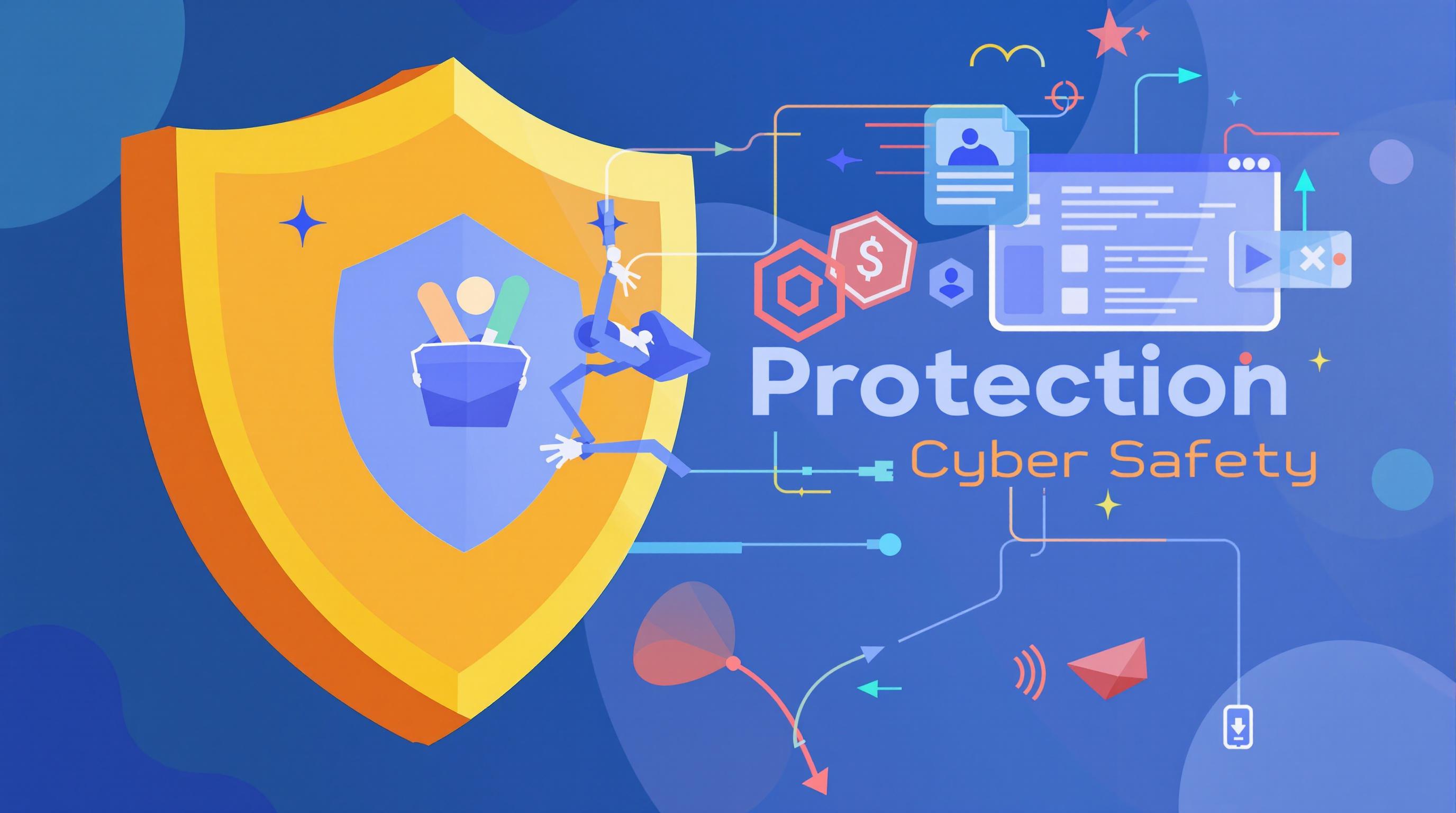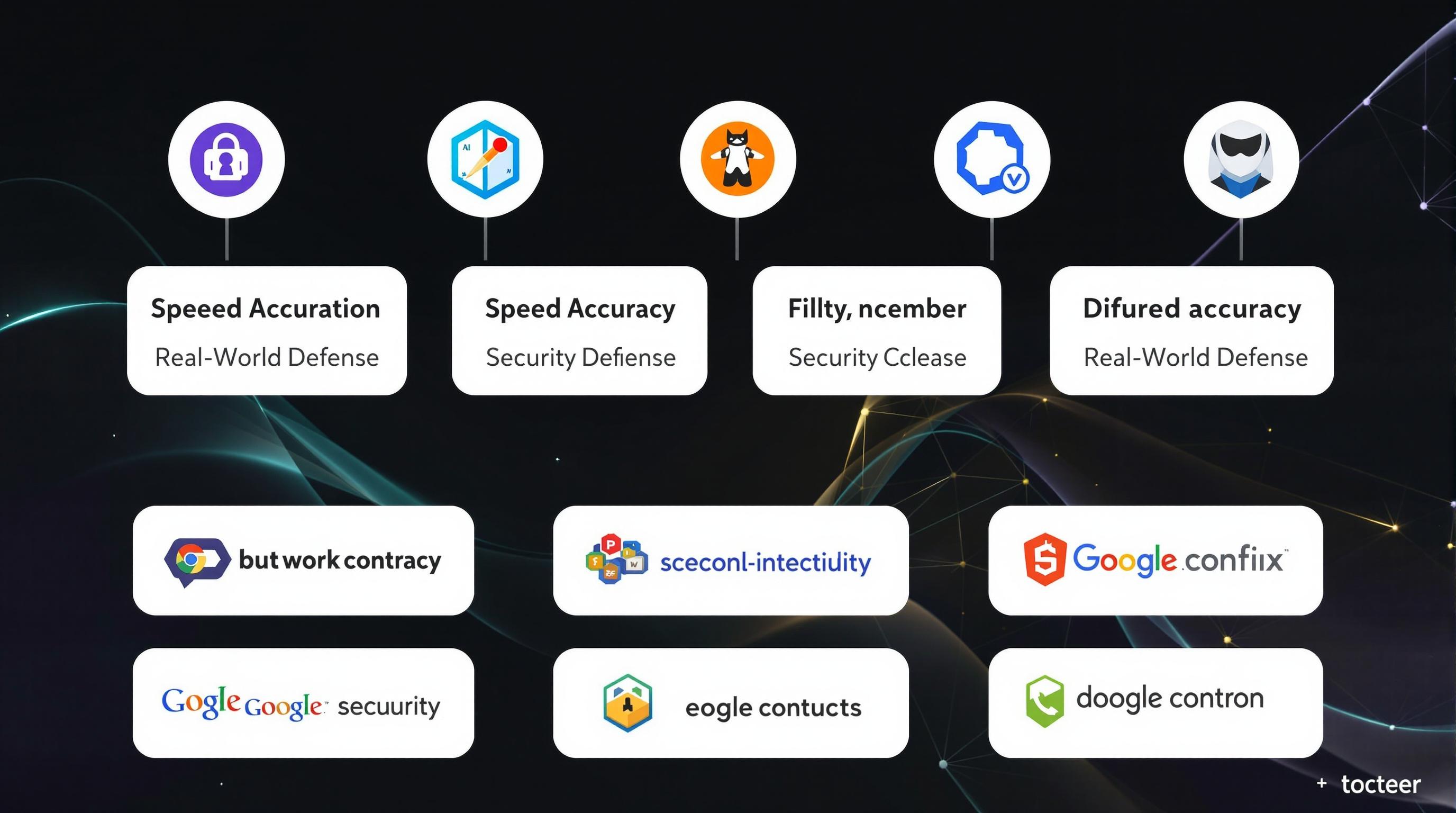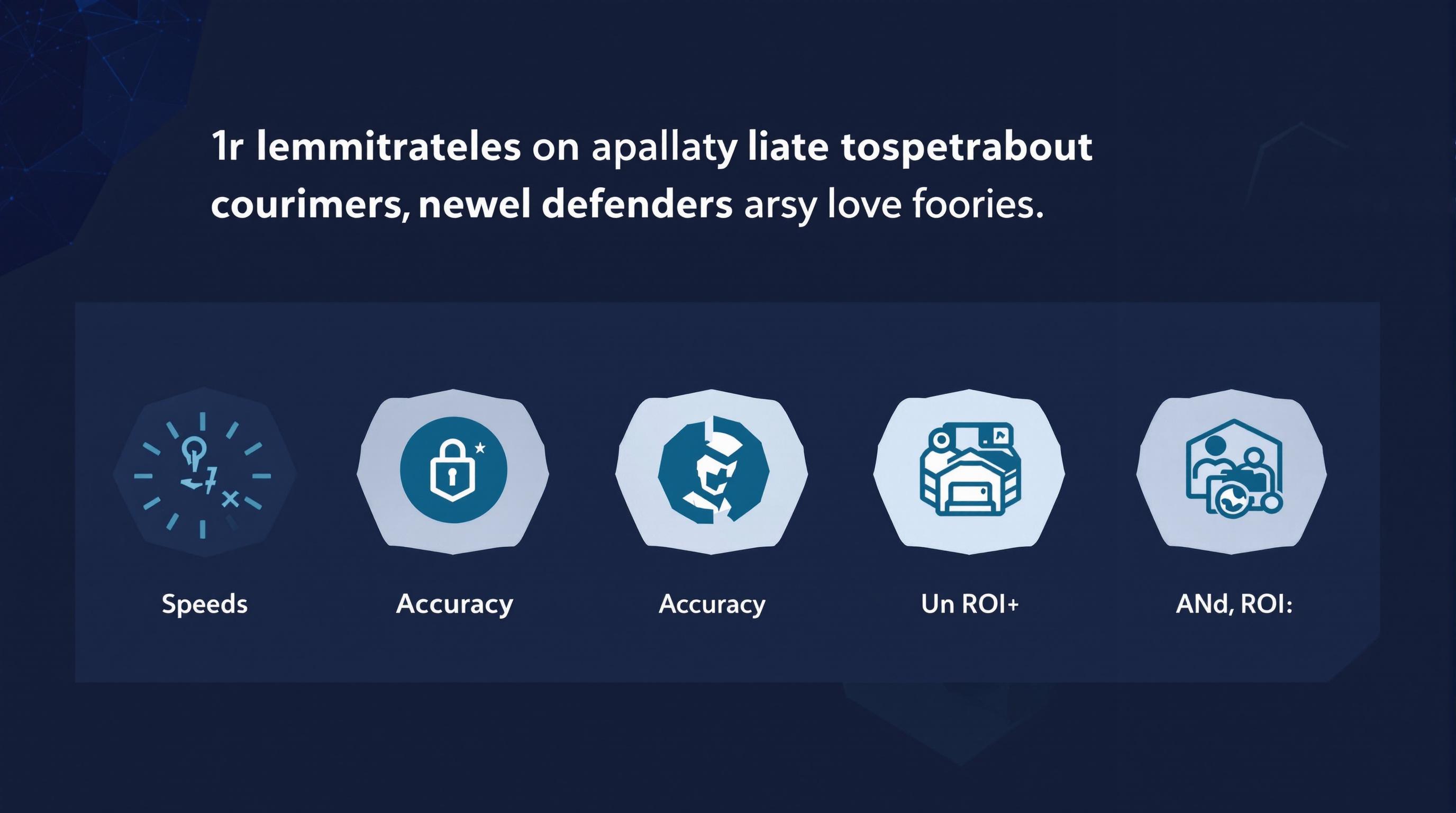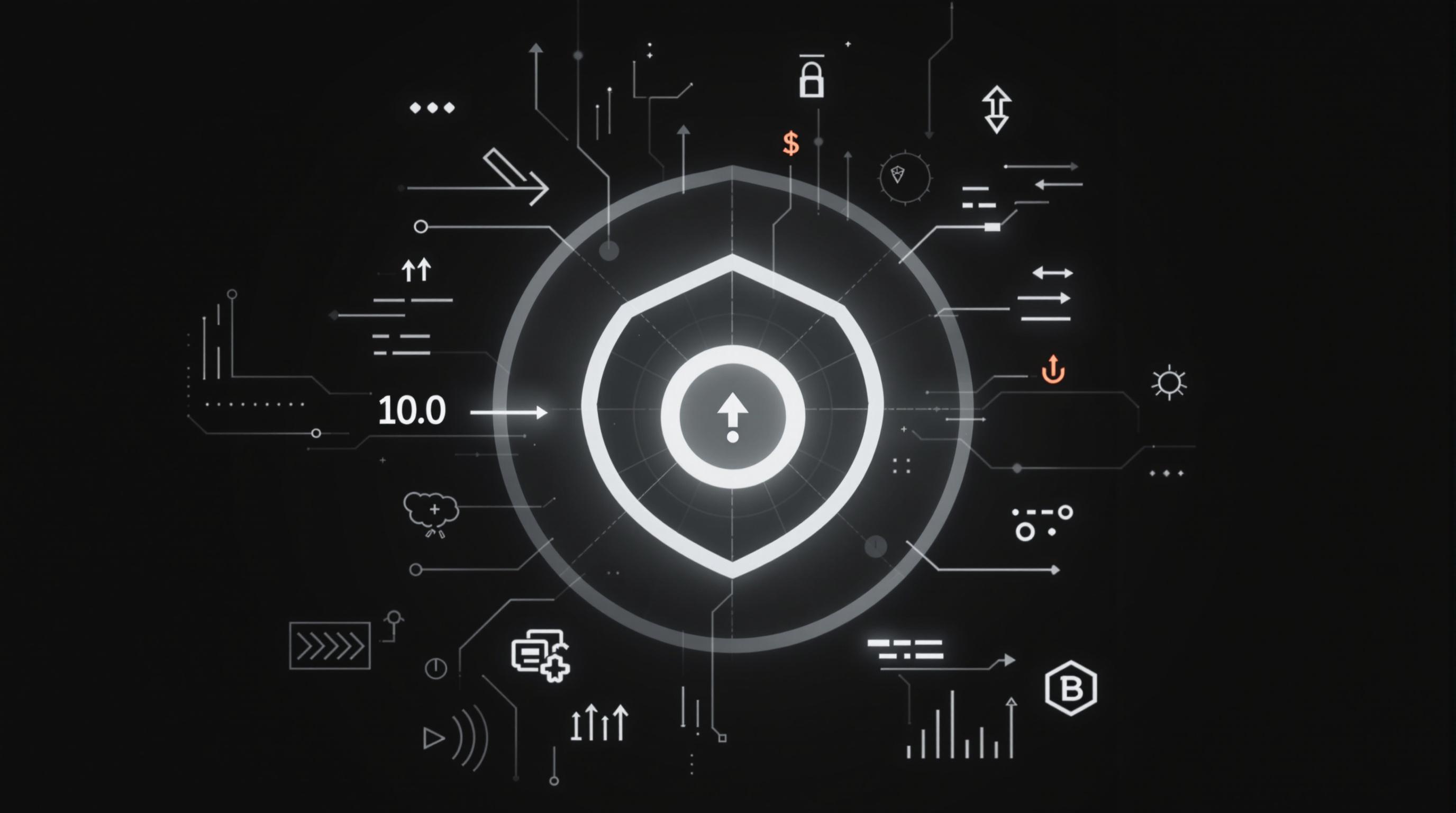Related Articles
- 8 Innovative Password Safes Released Since 2019 Changing How We Protect Our Digital Lives
- Top 6 Revolutionary Password Vaults Debuting Since 2019 That Are Disrupting Cybersecurity Norms
- 7 Innovative Browsers Released Since 2019 That Redefine Online Confidentiality and User Control
- Exploring Psychological Barriers to Adopting Enhanced Mail Safeguards Among Diverse User Groups
- Top 6 Privacy-Focused Browsers Launched Since 2019 That Outsmart Data Trackers Effortlessly
- How Antivirus Software Influences Environmental Footprints: Assessing Energy Use and Electronic Waste Trends
Top 9 Advanced Threat Protection Platforms Released Since 2019: An In-Depth Ranking for Ultimate Cyber Safety
Top 9 Advanced Threat Protection Platforms Released Since 2019: An In-Depth Ranking for Ultimate Cyber Safety
Top 9 Advanced Threat Protection Platforms Released Since 2019: An In-Depth Ranking for Ultimate Cyber Safety
In the ever-evolving landscape of cybersecurity, staying ahead means having robust defenses against sophisticated attacks. Since 2019, several advanced threat protection (ATP) platforms have emerged, offering cutting-edge capabilities to detect, prevent, and respond to cyber threats in real time.
This article ranks the top nine ATP platforms introduced since 2019, evaluating their strengths, unique features, and effectiveness to guide organizations seeking the ultimate in cyber safety. The ranks consider innovation, performance, usability, and integration potential.
For any enterprise serious about cyber defense, choosing the right ATP platform can mean the difference between resilience and compromise. Let’s dissect the leaders that set the standard in advanced threat protection.
1. Microsoft Defender for Endpoint
Released in its current advanced form post-2019, Microsoft Defender for Endpoint stands out for its deep integration with Windows ecosystems and cloud intelligence. It offers endpoint behavioral sensors, cloud security analytics, and threat hunting capabilities powered by Microsoft Threat Intelligence.
Its automated investigation and remediation features reduce response times and ease the burden on security teams. Defender for Endpoint benefits from continuous AI-driven updates, which bolster its effectiveness against zero-day threats.
Trusted by enterprises worldwide, it offers scalability and integrates seamlessly with Microsoft 365 security tools. According to Gartner’s 2023 report, Microsoft Defender leads in endpoint detection and response capabilities, confirming its place as a top-tier ATP solution.
Source: Gartner, Endpoint Protection Platforms Magic Quadrant, 2023.
2. CrowdStrike Falcon X
CrowdStrike Falcon X launched its enhanced module post-2019, focusing on combining endpoint protection with threat intelligence automation. It excels in providing real-time attack detection, threat hunting, and rapid response through cloud-native architecture.
The platform’s strength lies in its lightweight agents and its ability to scale across large, complex environments without performance drag. Falcon X’s integrated threat intelligence delivers actionable insights, enabling organizations to anticipate attacker movements.
Industry assessments praise its ease of deployment and continuous improvement model. Falcon X holds a strong user base in sectors demanding stringent security, including finance and healthcare.
Source: Forrester Wave: Endpoint Security, Q4 2022.
3. Palo Alto Networks Cortex XDR
Palo Alto Networks refined Cortex XDR significantly after 2019, integrating network, endpoint, and cloud data to provide extended detection and response. Its comprehensive analytics engine correlates data streams for precise anomaly detection.
Designed for integration with Palo Alto’s broader security suite, Cortex XDR supports advanced automated investigations and flexible playbooks that improve incident response speed. Its ability to uncover sophisticated attacker techniques is well recognized.
Enterprises valuing unified visibility and control rate Cortex highly. A 2023 user report highlights Cortex XDR’s efficacy in reducing false positives and increasing threat detection accuracy.
Source: IDC MarketScape: Worldwide Extended Detection and Response, 2023.
4. SentinelOne Singularity
Since its major feature expansion in 2019, SentinelOne’s Singularity platform uses AI-powered behavioral models for autonomous threat detection and response. It works across endpoints, containers, and cloud workloads.
Singularity’s standout feature is its autonomous response, capable of remediating attacks at machine speed without manual intervention. This reduces dwell time and limits damage from advanced threats.
Experts praise its single-agent architecture and ease of integration. The platform is regularly ranked among the best for endpoint protection and response by independent testers.
Source: MITRE ATT&CK Evaluations, 2023.
5. Sophos Intercept X Advanced
Launched with key improvements since 2019, Sophos Intercept X Advanced combines deep learning AI, exploit prevention, and active adversary mitigations in an integrated agent. Its anti-ransomware and root cause analysis capabilities are notable.
The platform excels in blocking emerging threats alongside older attack techniques. Its simple management console suits organizations seeking strong protection without operational complexity.
Reviews highlight Sophos’s rapid detection times and comprehensive cleanup tools. The platform remains a favorite for small and medium businesses looking for enterprise-grade ATP features.
Source: AV-Comparatives Advanced Threat Protection Report, 2023.
6. Trend Micro Apex One
Trend Micro Apex One emphasizes a blend of automated threat detection with endpoint data visibility. Its post-2019 updates expanded behavioral analysis, vulnerability protection, and integrated endpoint sensor capabilities.
Apex One supports broad platform compatibility and offers flexible deployment options including SaaS and on-premises. Its real strength lies in tailoring protections based on threat actor behaviors relevant to specific industries.
Businesses commend its adaptive threat blocking and easy-to-use dashboards. The solution is widely adopted in international markets requiring global threat intelligence synergy.
Source: Trend Micro Annual Security Report, 2023.
7. McAfee MVISION Endpoint
Revamped after 2019, MVISION Endpoint brings cloud-native endpoint security driven by machine learning and behavioral analytics. It integrates well into hybrid environments for enterprises transitioning to cloud-first architectures.
The platform offers dynamic application containment and enhanced exploit prevention along with centralized policy management. Its focus on minimizing manual triage enables efficiency for security operations centers.
Analysts note MVISION’s balanced approach between detection depth and performance overhead. Its compliance reporting also supports enterprises in regulated sectors.
Source: McAfee Security Insights Quarterly, 2023.
8. Bitdefender GravityZone Ultra
Bitdefender’s GravityZone Ultra has evolved greatly since 2019, combining endpoint detection, prevention, and response with threat hunting aided by advanced machine learning. It features notably granular telemetry for forensic analysis.
The platform supports hybrid cloud and virtualized environments seamlessly, a rare strength at this level. GravityZone Ultra’s automated root cause analysis speeds up remediation workflows to curtail threat impact.
Independent benchmark tests highlight Bitdefender’s detection rates and minimal false positives. Security practitioners recommend it for industries with complex IT architectures.
Source: AV-Test Endpoint Protection Report, 2023.
9. FireEye Endpoint Security (Now Trellix)
After the FireEye enterprise integration into Trellix, the Endpoint Security platform enhanced its threat detection modules and threat intelligence feeds starting 2019 onwards. It supports strong integration with network and email security.
Its multi-layered defense combines signature-based, behavioral, and machine learning detection with real-time response mechanisms. The platform is designed for threat lifecycle management on a unified console.
FireEye’s investigative and forensics tools remain highly regarded, appealing to organizations with mature security operations. Multiple case studies show accelerated incident detection and reduction in breach impact.
Source: Trellix Security Report, 2023.
Conclusion: Choosing the Right ATP Platform
Advanced Threat Protection platforms introduced since 2019 have revolutionized cybersecurity. Each of the nine platforms ranked here brings unique capabilities tuned to different operational needs and threat landscapes.
Strong integration with existing infrastructure, AI-driven analytics, and autonomous response capabilities are common themes among the top contenders. Organizations must assess their environments, risk tolerance, and compliance needs when selecting an ATP.
Above all, adopting any of these platforms will improve cyber resilience significantly. Staying sharp, proactive, and updated is the only path to enduring security in a world defined by relentless cyber threats.




